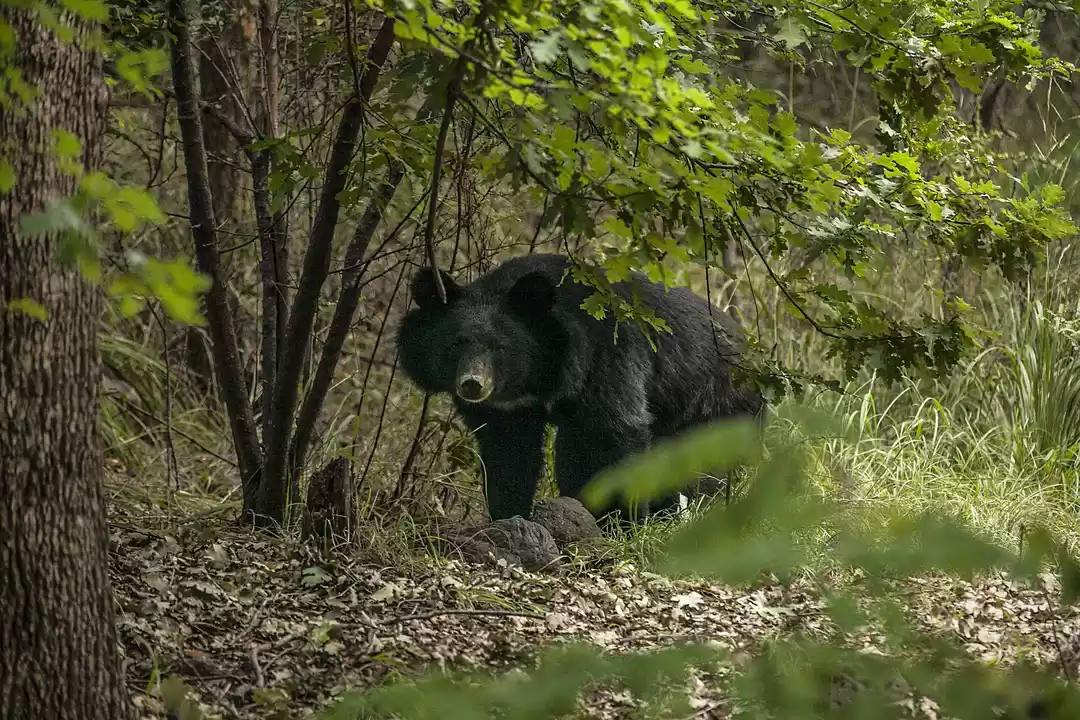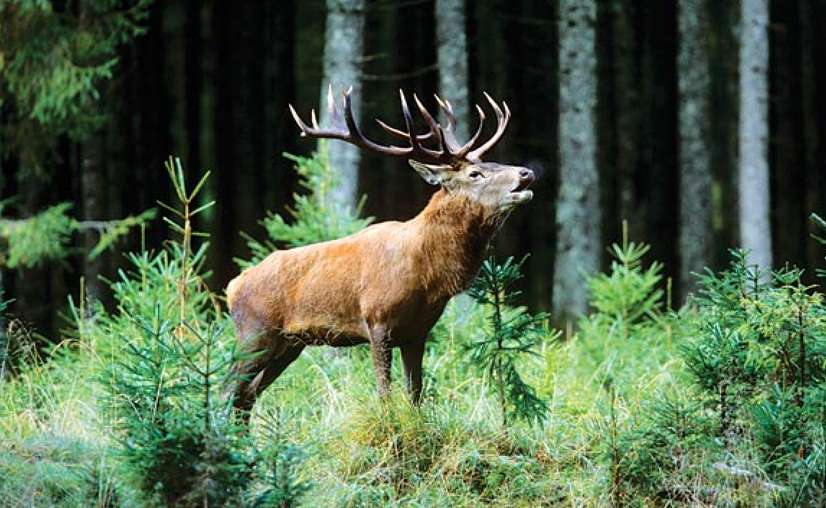For anyone planning a wildlife safari in Kashmir the adventure often starts with the simplest of drives: a thirty-minute rise from Srinagar’s Mughal gardens, past saffron terraces and walnut groves, into a valley where tarmac ends and Dachigam National Park begins. The short distance fools first-time travellers; GPS says twenty-two kilometres, yet the change feels measured not in miles but in millennia as car horns fade behind the Zabarwan Range and an orchestra of thrushes, woodpeckers and tumbling water takes their place.
Few realise that the green corridor they are entering originally existed to guard the city’s drinking water. Early last century the Maharaja ring-fenced this watershed, shifting ten villages to keep erosion out of Dal Lake, and decades later the catchment morphed into full protection when Dachigam was declared a national park. Those ten villages live on only in the name, but the water still flows clean and cold from Marsar Lake and the Dagwan, a living testament to the foresight of linking ecological health with human need.
Geography now does the heavy lifting. From 1 700 metres to more than 4 200 in one sweep of the eye, the valley stacks miniature ecosystems like pages in a pop-up book, so within a single day you wander through conifer belts, broadleaf groves, alpine lawns and barren ridges that feel borrowed from Tibet. No wonder researchers call it India’s most elevated forest reserve; altitude means cool summers, crisp light and trout streams that never warm beyond crystal clarity.
People, however, come for the Hangul. Only here does the Kashmir stag still cast a full-antler silhouette against dawn; everywhere else its cousins vanished generations ago. The 2023 census logged 289 individuals, a modest number yet a thrilling hint of recovery. Hanging loosely on that success are black bears fattening on fallen apricots, leopards slinking through dusk and red foxes darting across frost-rimmed clearings, all thriving because snares are scarce and patrols persistent.
Above the mammals, colour flies. Himalayan monals detonate from the shadows like feathered fireworks, orange bullfinches pipe fluted notes from walnut tips, wallcreepers cling to sheer rock and raptors spiral south on October thermals. Even casual strollers armed only with smartphone cameras return with memories of something winged and vivid.
Planning a visit is simpler than ever because the Wildlife Department issues entry permits online, part of a quota that keeps encounters intimate and trails quiet. Independent wandering is welcomed so long as visitors stay on marked paths, carry reusable bottles, and respect the biennial closure in March when rangers fan across the ridges to count every Hangul without disturbance. Responsible travellers organise documents ahead of the pause, and Google duly notes a February spike in searches for “Dachigam National Park travel guide.”
Although the park is open most of the year, each season sings a different melody. April wraps the forest in blossom, June scatters blue poppies across high meadows, late August paints mosses neon after gentle monsoon showers, and October sets the chinar leaves ablaze while antlers clash like flint on steel. Winter, underrated, offers crystalline silence broken only by the crunch of leopard prints and the soft exhale of otters beneath half-frozen pools.
If this description has you rehearsing camera clicks and backpack zips, send a note to info@kashmirinluxury.com, call 0091 194 2310055 or message WhatsApp +91 98182 23848 with the phrase “Connect Dachigam National Park Tours.” You will receive real-time gate timings, weather tips and permit guidance without fuss or hard-sell. Sometimes the light in the mountains is perfect; your only job is to be there when it happens.


